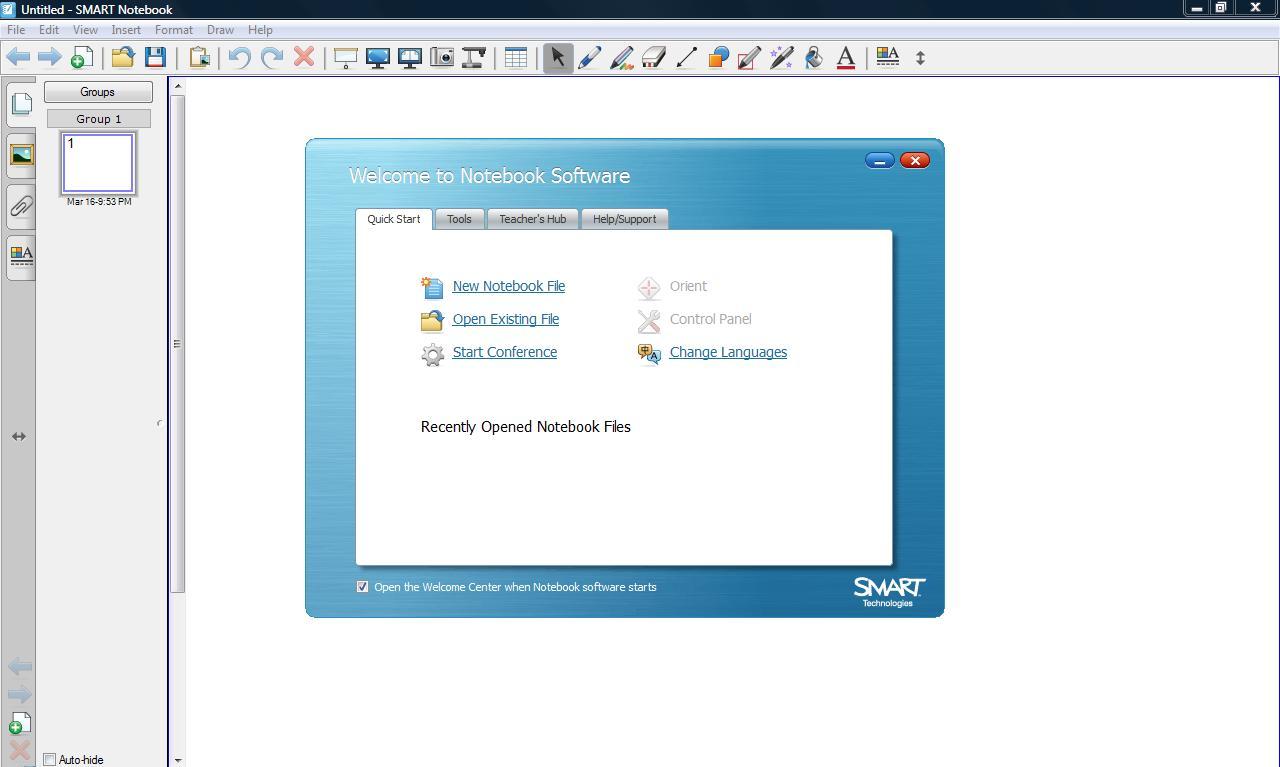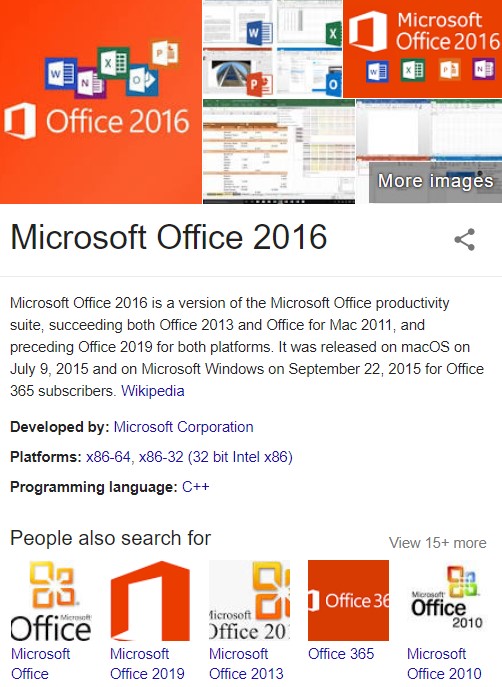- Jun 04, 2016 Free Mac CPU and memory usage monitors Of course there are other ways to see similar information for free. The Mac Activity Monitor is a free, built-in Mac CPU and memory monitor that ships with every Mac. If you're a Unix user, you also know there is a free monitor named 'top' that you can access from the Mac Terminal.
- The memory used category displays the total amount of memory currently in use by application and system processes. It includes three subcategories: app memory, wired memory, and compressed memory. App memory defines the total amount of RAM used by the applications and their processes, while the wired memory is the amount of memory that cannot.
- Dec 14, 2018 To determine how much memory your app is currently using, look at the Persistent Bytes column for the category All Heap Allocations. The text is a little small in the screenshot, but it says the app is using 9.64 MB of memory, which is good for an iOS or Mac app. The Allocations instrument does not record OpenGL/ES or Metal texture memory.
Software To Measure Memory Usage Machine
Rember includes Memtest OS X in the package so there is no need to manually download and install the memtest. Running Rember will show a table displaying the detected memory on your Mac. Select the amount of memory to test, number of loops and click the Test button to start checking the memory.

Activity Monitor User Guide
Software To Measure Memory Usage Mac Mini
You can see the amount of system memory being used on your Mac. Nvidia Geforce4 Mx 460 Driver For mac.
Software To Measure Memory Usage Mac Os
In the Activity Monitor app on your Mac, click Memory (or use the Touch Bar) to see the following in the bottom of the window:
Memory Pressure: Graphically represents how efficiently your memory is serving your processing needs.
Memory pressure is determined by the amount of free memory, swap rate, wired memory, and file cached memory.
Physical Memory: The amount of RAM installed.
Memory Used: The amount of RAM being used. To the right, you can see where the memory is allocated.
App Memory: The amount of memory being used by apps.
Wired Memory: Memory required by the system to operate. This memory can’t be cached and must stay in RAM, so it’s not available to other apps.
Compressed: The amount of memory that has been compressed to make more RAM available.
When your computer approaches its maximum memory capacity, inactive apps in memory are compressed, making more memory available to active apps. Select the Compressed Memory column, then look in the VM Compressed column for each app to see the amount of memory being compressed for that app.
Cached Files: The size of files cached by the system into unused memory to improve performance.
Until this memory is overwritten, it remains cached, so it can help improve performance when you reopen the app.
Swap Used: The amount of space being used on your startup disk to swap unused files to and from RAM.
To display more columns, choose View > Columns, then choose the columns you want to show.
Software To Measure Memory Usage Machine Learning
You can use Activity Monitor to determine if your Mac could use more RAM.

